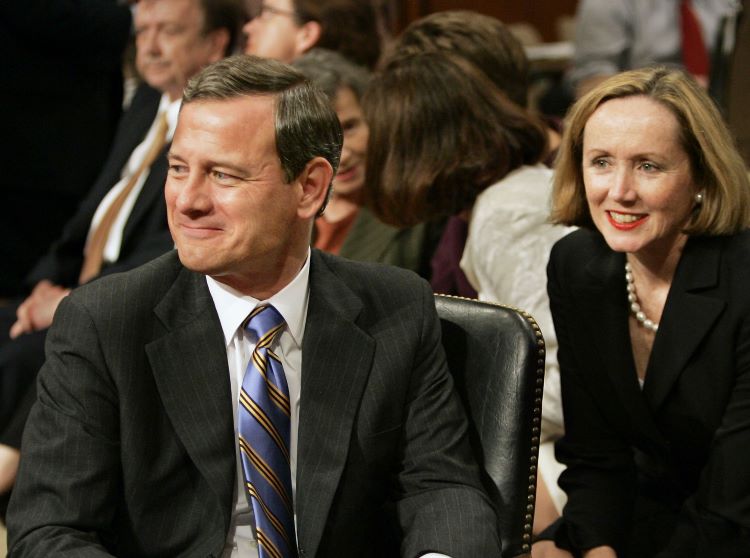Cardiology: The New Darling of Private Equity Investment | Blogs | Health Care Law Today
Private equity investors are showing increased interest in the cardiology space. Why? Likely several reasons. The United States is aging, and becoming more obese, and the need for cardiologists will increase as a result. This increase in demand is likely to outstrip the number of cardiologists practicing in the United States given a looming shortage of those specialists. In addition, cardiology practices still drive high margin procedures and are well-suited to leverage revenue generators such as nuclear medicine, ultrasound, and office-based labs (OBLs) and ambulatory surgery centers (ASCs), especially as the Centers for Medicare & Medicaid Services (CMS) releases more procedures that can be performed in an ambulatory setting.
According to the Administration for Community Living (ACL),1 as of 2019, people 65 and older represented 16% of the population of the United States; that is approximately 54 million people. The ACL projects that by 2040 that percentage will grow to over 80 million Americans or almost 22% or our population. As of 2019 almost 95% of such persons had Medicare coverage and about half of those also had some sort of supplemental health insurance coverage. Moreover, 40% of Americans are considered medically obese.2 It is self-evident that this population is going to require cardiology care in increasing numbers.
Coupled with the above is the fact that there is a looming shortage of cardiologists in the United States. According to Merritt Hawkins, 26.5 % of cardiologists are older than 61 years of age, and the number of cardiologists coming out of training does not compare to the number of cardiologists planning to retire in the next five to 10 years.3 Moreover, 60% of cardiologists are 55 and over4 and there are at least 3,000 active openings for cardiologists in the United States.5 This shortage also influences the concentration of cardiologists in this Country. According to WestCove, a California based health care investment bank, there is a low level of market share concentration in cardiology and 80% of cardiology groups employ between one and five physicians.
In addition to the above, cardiology remains one of the most lucrative medical specialties in the United States. According to a survey conducted by Merritt Hawkins, cardiovascular surgeons and invasive cardiologists drive, on average, $3.5 to $3.7 million per physician, respectively, in hospital revenues.6 Moreover, there has been a significant move of cardiology procedures from inpatient to outpatient settings, including office based laboratories and ambulatory surgery centers, which is being further energized by CMS’ addition of cardiac procedures (23 to be exact in 2019 and 2020) to Medicare’s ASC approved list.
All the above have made cardiology the new darling of private equity. Ramped up demand due to our aging and increasingly overweight population, physician shortages and fragmentation in the industry are making cardiology practices very attractive to private investors. Moreover, smaller groups are unlikely to have access to the capital necessary to grow organically, whether it be recruitment of younger physicians, investment in imaging technology, such as nuclear medicine and ultrasound, investment in OBLs and ASCs and/or acquisition of sophisticated electronic medical record systems. Private investors can bring this capital and aggregate these smaller groups into larger platforms and position them for growth.
It is reasonable to expect that the arc of this investment strategy is likely to follow that which we’ve seen in specialties such as dermatology, gastroenterology, and orthopedics. We’re seeing the development of several platforms, including Ares Capital’s US Heart and Vascular, Webster Equity Partners’ Cardiovascular Associates of America, and Varsity Healthcare Partners’ Partners First Cardiology, to name a few. These platforms will continue to aggregate cardiology practices over the next five to seven years, before looking for exit transactions to larger financial or strategic investors.
* * * * *
Foley is here to help you address the short- and long-term impacts in the wake of regulatory changes. We have the resources to help you navigate these and other important legal considerations related to business operations and industry-specific issues. Please reach out to the authors, your Foley relationship partner, or to our Health Care Practice Group with any questions.
1 ACL is an operating division of the United States Department of Health and Human Services. See 2020 Profile of Older Americans (Published May 2021).
2 See Trust for America’s Health: The State of Obesity: Policies for a Healthier America, 2022 (September 2022).
3 See AMN Healthcare, Physician Staffing Blog, The Cardiology Job Market in 2022 (August 5, 2022).
4 PYA, Compensation Study: Spotlight on Cardiology (2018).
5 Based upon current job openings (Zippia.com)
6 See Innovative Healthcare, Cardiovascular Business, Cardiovascular surgeons, invasive cardiologists are top revenue generators for hospitals (Feb. 25, 2019).






